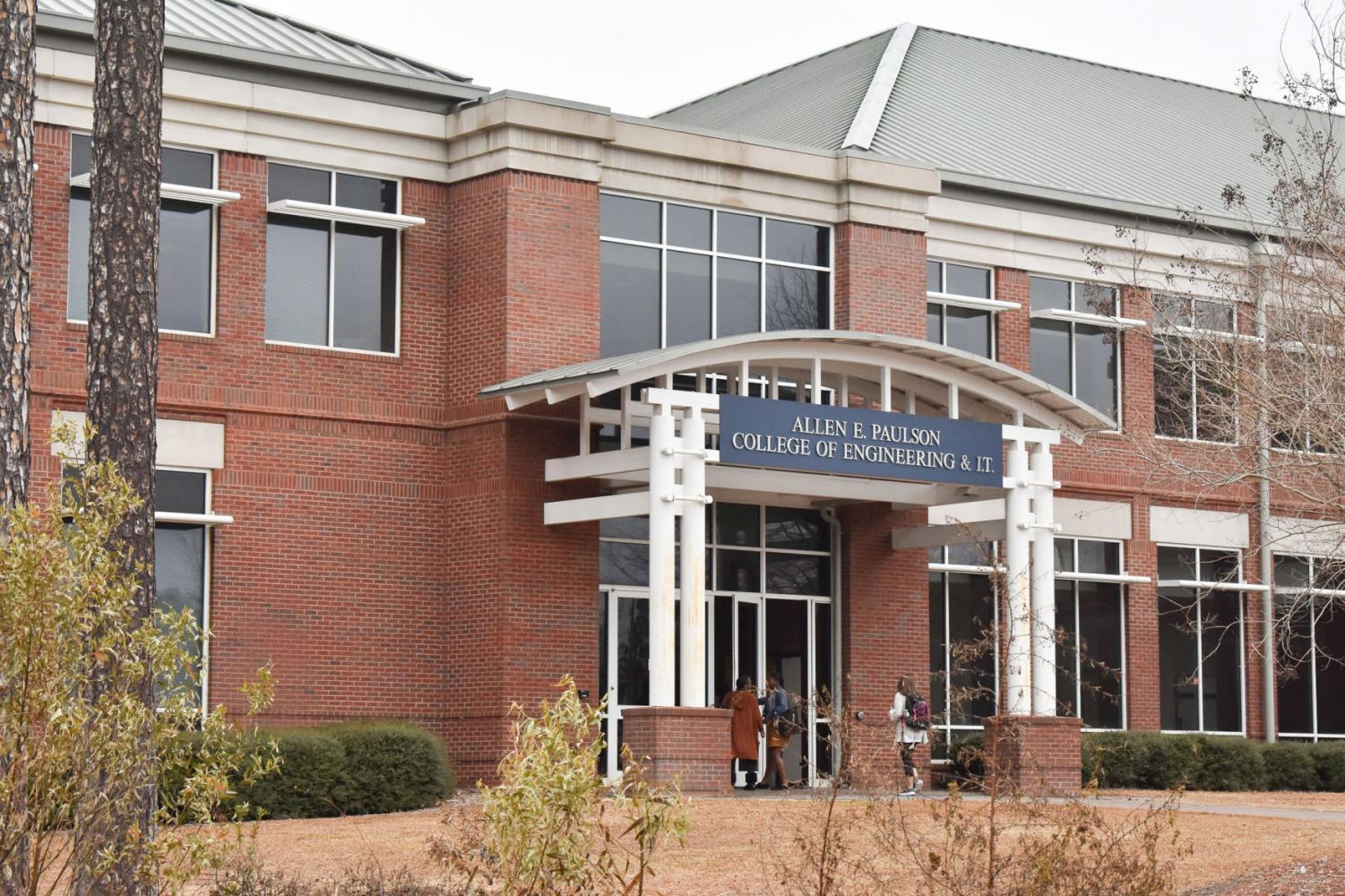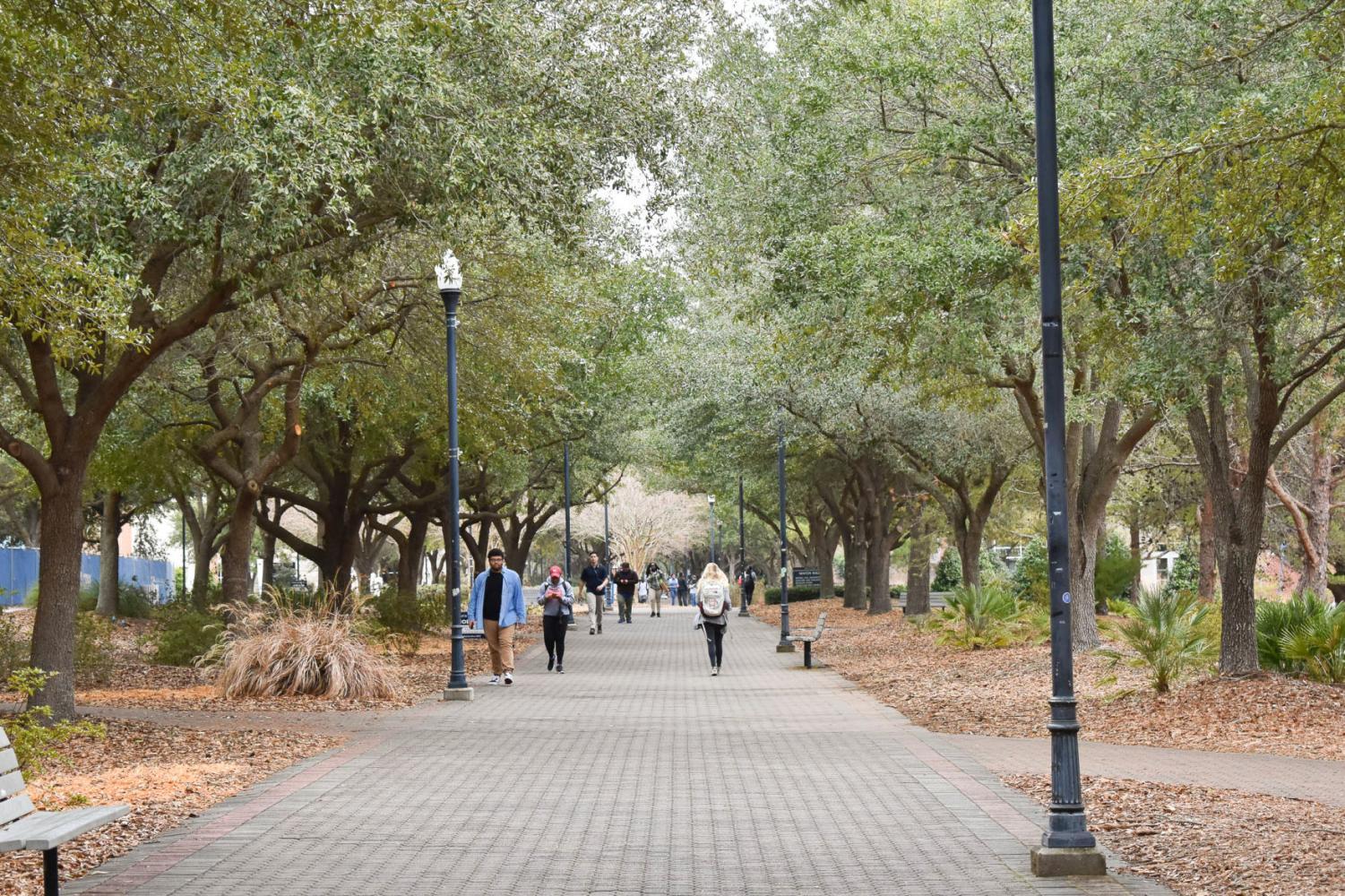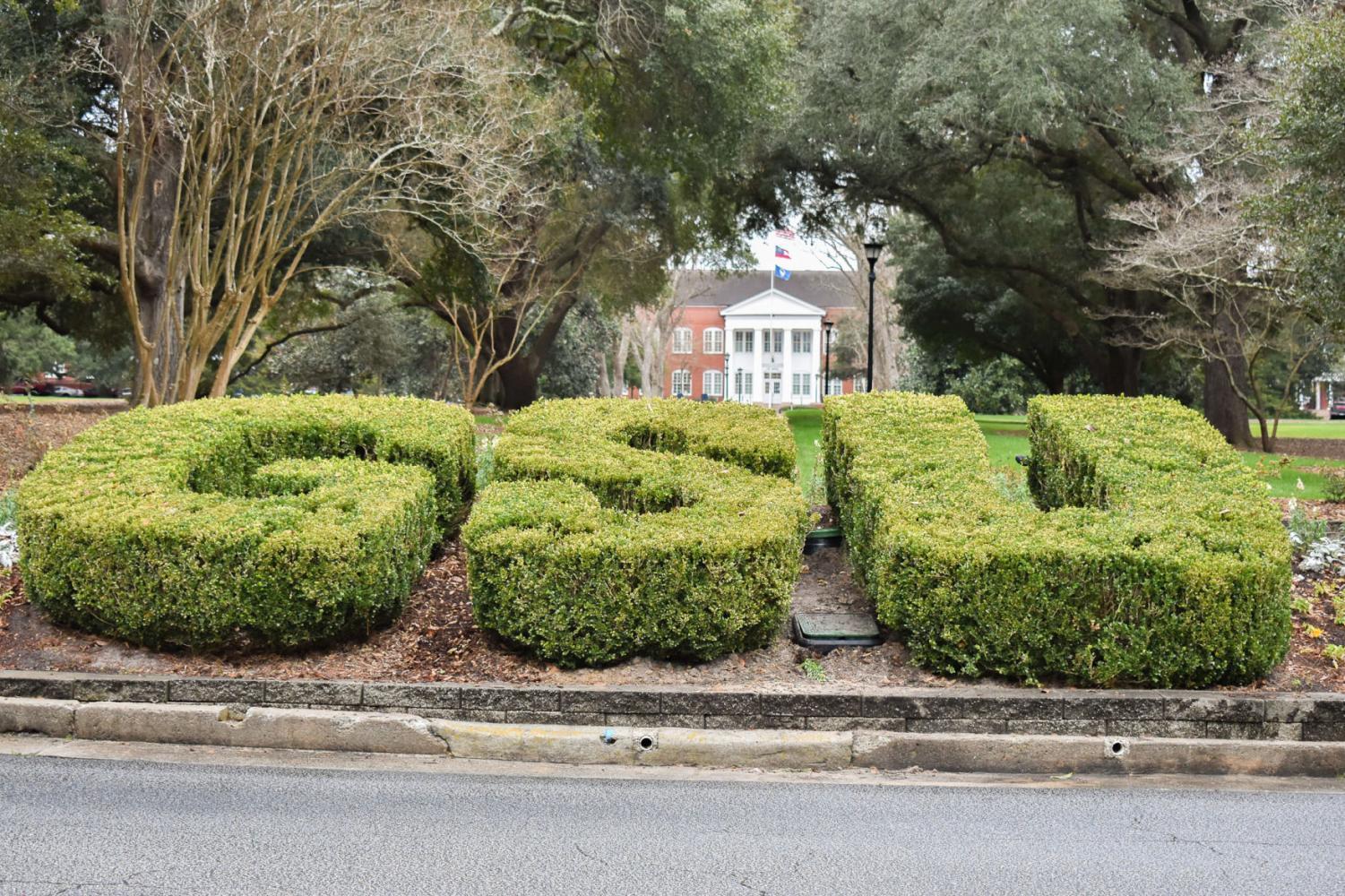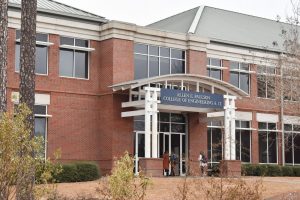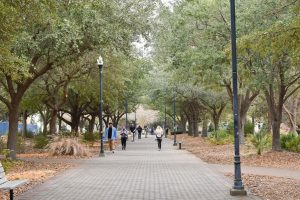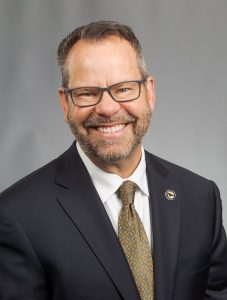GS-ASU Consolidation becomes official after year-long process
January 11, 2018
The Board of Regents of the University System of Georgia voted to approve the recommendation to consolidate Georgia Southern University with Armstrong State University on Dec. 12, 2017. The consolidation became official on Jan. 1, 2018.
The Southern Association of Colleges and Schools’ Commission on Colleges (SACSCOC), the regional body for the accreditation of degree-granting higher education institutions in the Southern states, approved the consolidation plans between GS and ASU on Dec. 3. After the approval by SACSCOC, there was only one more step left until the consolidation became official.
{{tncms-inline account=”GeorgiaSouthern” html=”<blockquote class="twitter-tweet"><p lang="en" dir="ltr">As of Jan. 1, 2018, Georgia Southern has consolidated with Armstrong State University to create a new institution with three campuses. Follow <a href="https://twitter.com/hashtag/GeorgiaSouthern?src=hash&amp;ref_src=twsrc%5Etfw">#GeorgiaSouthern</a> on social media for info about the Statesboro Campus, Armstrong Campus in Savannah and Liberty Campus in Hinesville.</p>&mdash; GeorgiaSouthern (@GeorgiaSouthern) <a href="https://twitter.com/GeorgiaSouthern/status/947863867060875264?ref_src=twsrc%5Etfw">January 1, 2018</a></blockquote>” id=”https://twitter.com/GeorgiaSouthern/status/947863867060875264″ type=”twitter”}}
Since the recommendation for consolidation between the two institutions came from the Board of Regents, it was expected to be approved. However, for President Jaimie Hebert, there is still a lot of work to do for the full consolidation to be completed by Fall 2018.
“Where we are right now, in my mind, what we have done so far is we have created the new landscape. The challenge now is how do we navigate the landscape,” Hebert said. “We have gone from a very complex process of bringing two institutions together into a common, single institution with multiple campuses. But now what we want to start doing is focusing on the opportunities that we have and the challenges that we’re going to face to get to those opportunities.”
During the Summer of 2017, more than 500 recommendations were made regarding the new consolidated institution that were approved. Now, those same recommendations need to be implemented.
“We put together, over the summer, these 500 or so recommendations about how we’re going to consolidate. Now, we have to implement those 500 recommendations. This implementation phase is about how do we do what we said we would do,” Hebert said. “By Fall 2018, we’ll be really operating as a single institution.”
Space Allocation Committee
One thing that the implementation needs to address is the location of different offices on campus and whether they will be on the Statesboro campus or the Armstrong campus. Determining where academic programs go is one of the main priorities of the space allocation committee.
“We are going to have space vacated. We need to reassign space, so that space allocation committee is prioritizing how to reallocate space over all of the campuses,” Hebert said, “They’re beginning with the academic programs because that’s the number one priority always. Then, they’re going to work down through all of our other priorities in space.”
Although the space allocation committee is looking where to reallocate space all over the campuses, no single program is leaving either campus, Hebert said. Rather, the dean’s office of the College of Education, the dean’s office of the College of Public Health and the dean’s office of the College of Health Professions will all be located on the Armstrong campus, while the rest of the five other dean’s offices will remain in Statesboro.
“There’s not a single program leaving either campus. Not a single program is leaving. Everything that is available on the Georgia Southern campus today will be available in the future. Everything available on the Armstrong campus will be available going forward,” Hebert said. “The administrative offices over those programs those may move, but the programs themselves, the courses, the availability to students is not changing.”
New opportunities for students
Hebert made it clear that although administrative offices might move from one campus to the other, there will be more opportunities for students to take advantage of the new consolidated institution.
“In fact, at this point, there are 13 new programs total that will be available to students on the two campuses. It’s only an increase in opportunity,” Hebert said.
According to a press release by the USG, the consolidation is expected to benefit students and the community in a variety of ways.
“The consolidation of these institutions is expected to enable the University System to better serve students, broaden and redesign academic programs offered in the southeast and south Georgia regions and reinvest savings into academics to improve student success,” the press release said. “Through consolidation, the USG and these institutions seek to better support their surrounding communities by strategically aligning degree offerings with institutional talents and regional needs.”
People behind the consolidation
Although Hebert had concerns during the consolidation process because of the rich history of both institutions and the challenge to diminish the impact the consolidation would have on students, Hebert is now confident of the new consolidated institution because of the students.
“Do you know who the first group to come together and accept the consolidation was? The students were the first ones to come together and say, ‘look at my new friends, look at the new opportunities that are coming forward’,” Hebert said. “If you just look at how [the students] responded to the consolidation, it gave us the passion and the strength to continue moving forward and doing the right thing in [the consolidation].”
Hebert credits a lot of people for the consolidation process that began in Jan. 2017, when the Board of Regents made its recommendation. He feels that the factor that motivated them the most is making sure that no student was negatively impacted by the consolidation.
{{tncms-inline content=”<p>&ldquo;We worked hard. A lot of people worked very hard. They worked tirelessly to pull together a plan that not only doesn’t have a negative impact on students, it provides more access and more opportunity for students. Now, we need to deliver on that promise," Hebert said. "I’m not concerned anymore because we have the right plan in place. I’m more excited than I am concerned. I’m excited to start moving toward these opportunities, these new opportunities."</p>” id=”4832c0f6-fea2-463d-b313-9f57ed78f3a8″ style-type=”quote” title=”Pull Quote” type=”relcontent”}}
The Georgia Southern and Armstrong consolidation was not the only one to be approved by the Board of Regents on Dec. 12. The Board of Regents also approved the consolidation between Abraham Baldwin Agricultural College and Bainbridge State College as the new Abraham Baldwin Agricultural College (ABAC). Since both consolidations were approved, USG is now made up of 26 institutions. The USG consolidation initiative began in 2011 and has decreased from 35 to 26 institutions.
For more information about the consolidation, click here.


